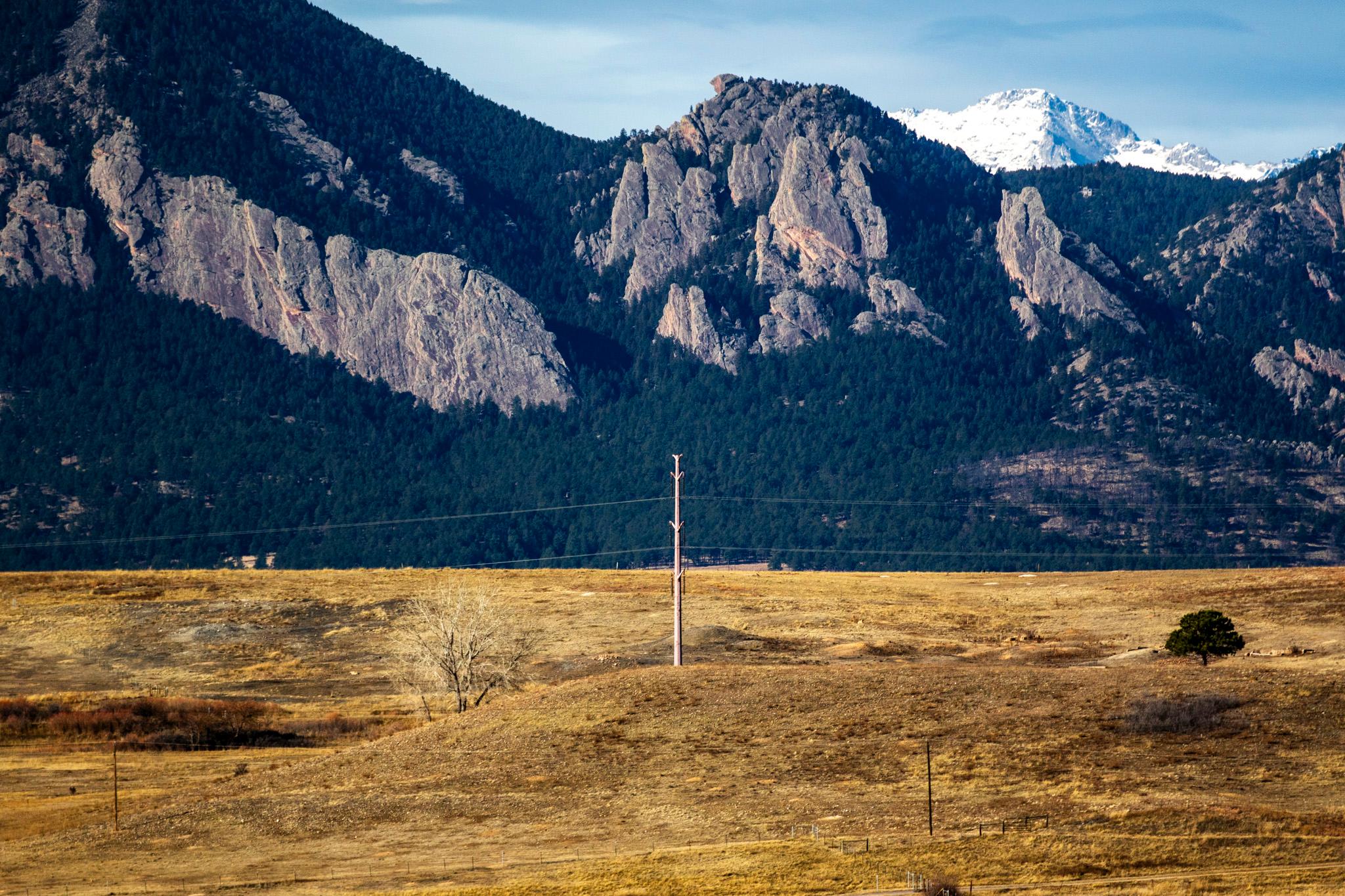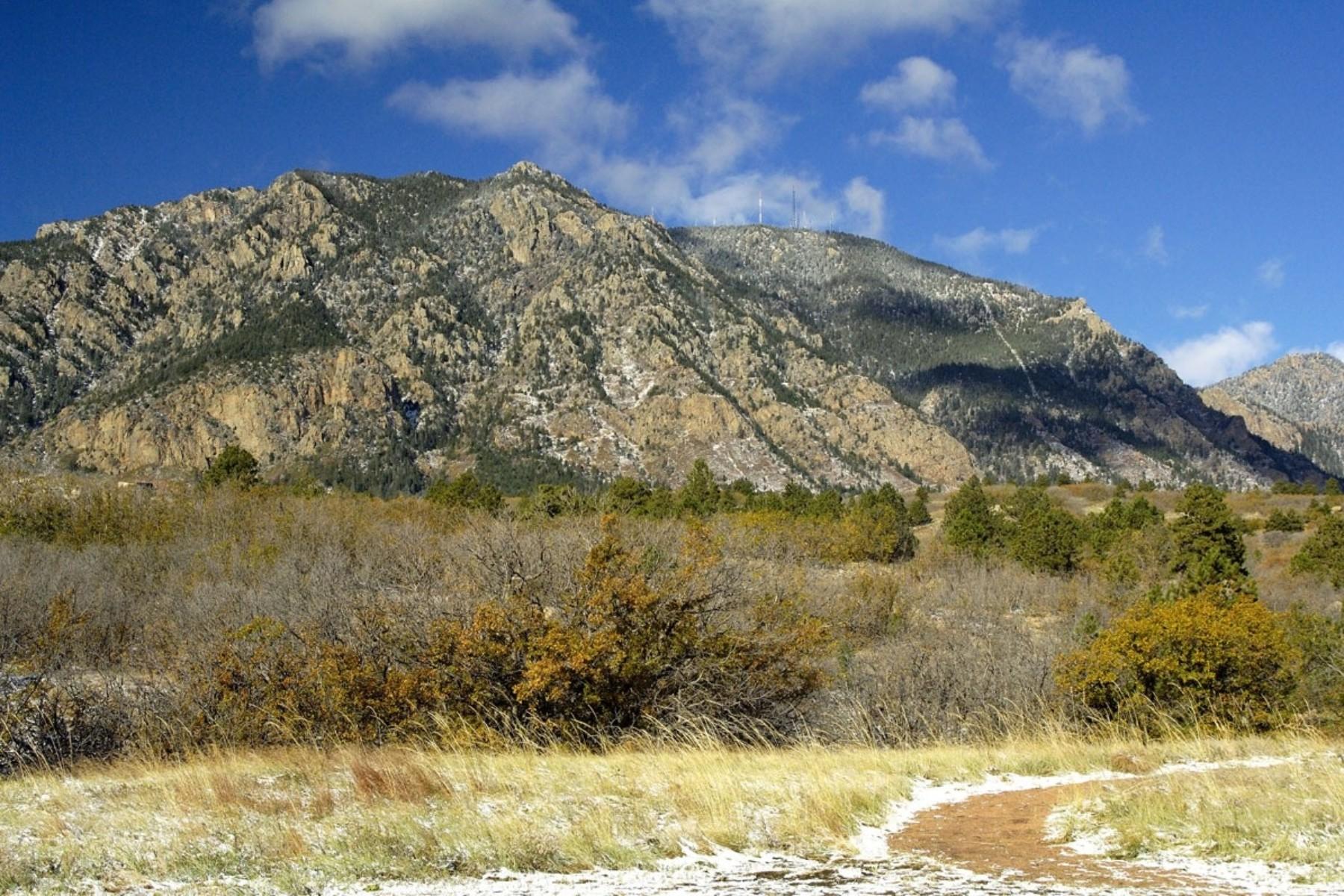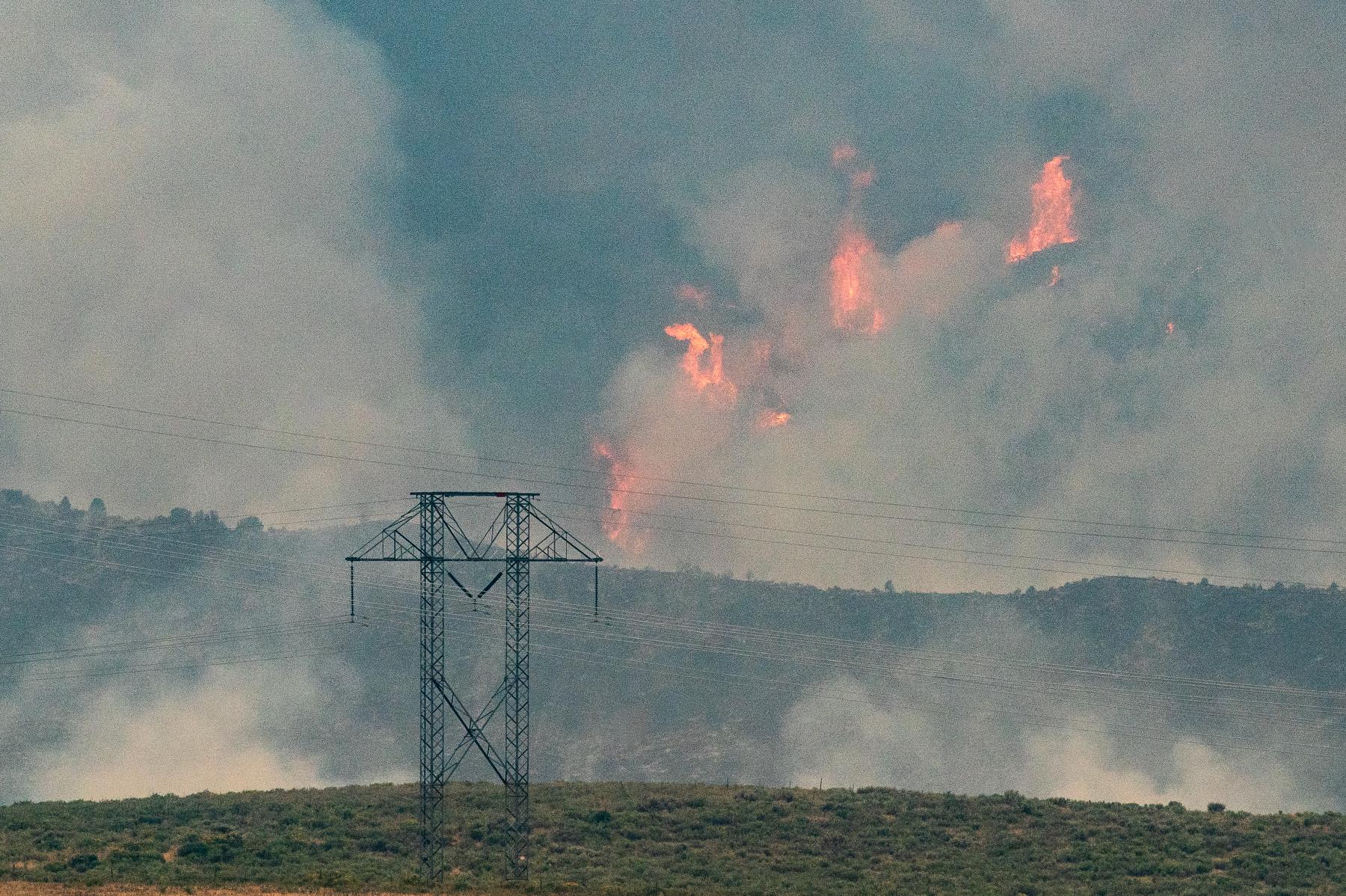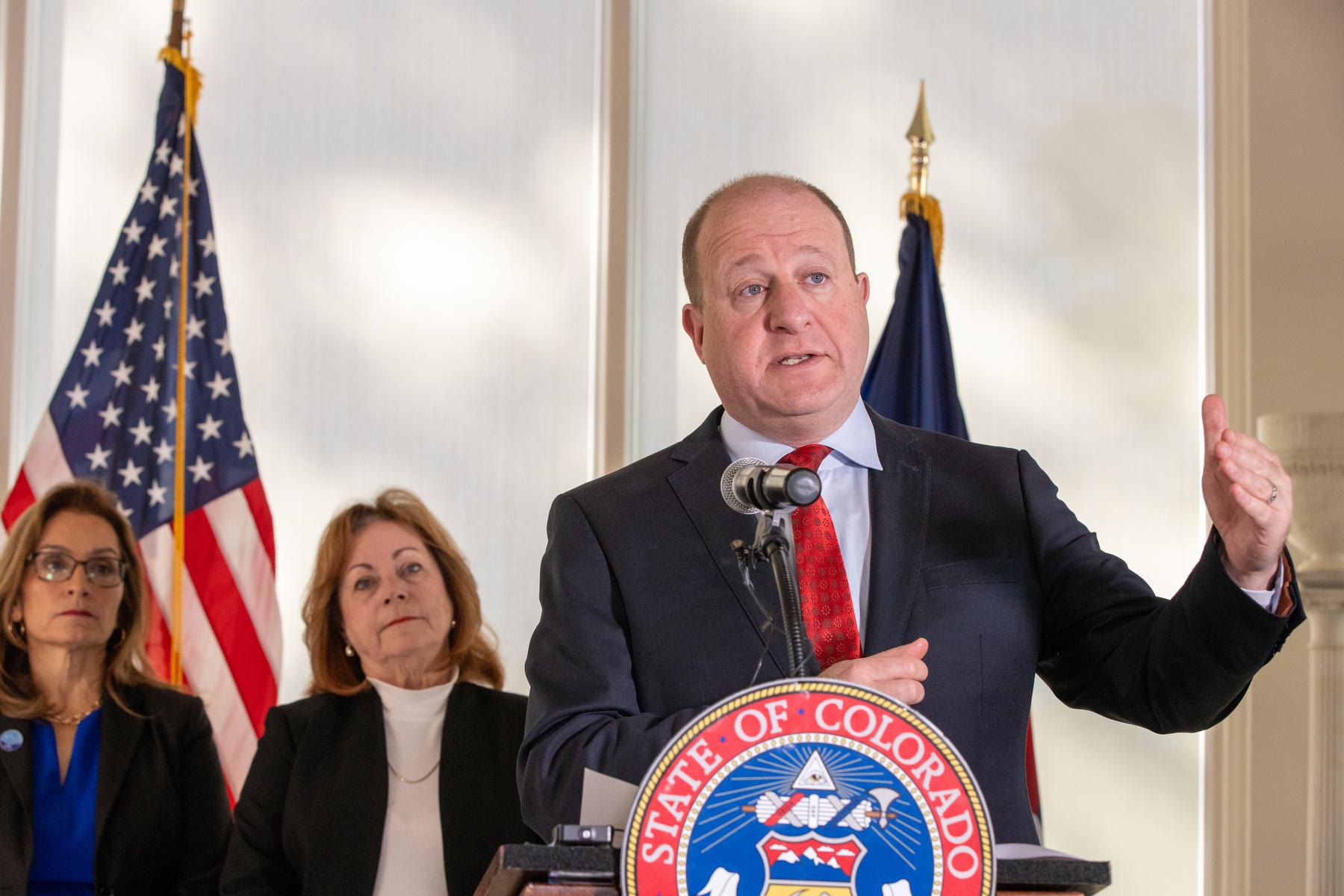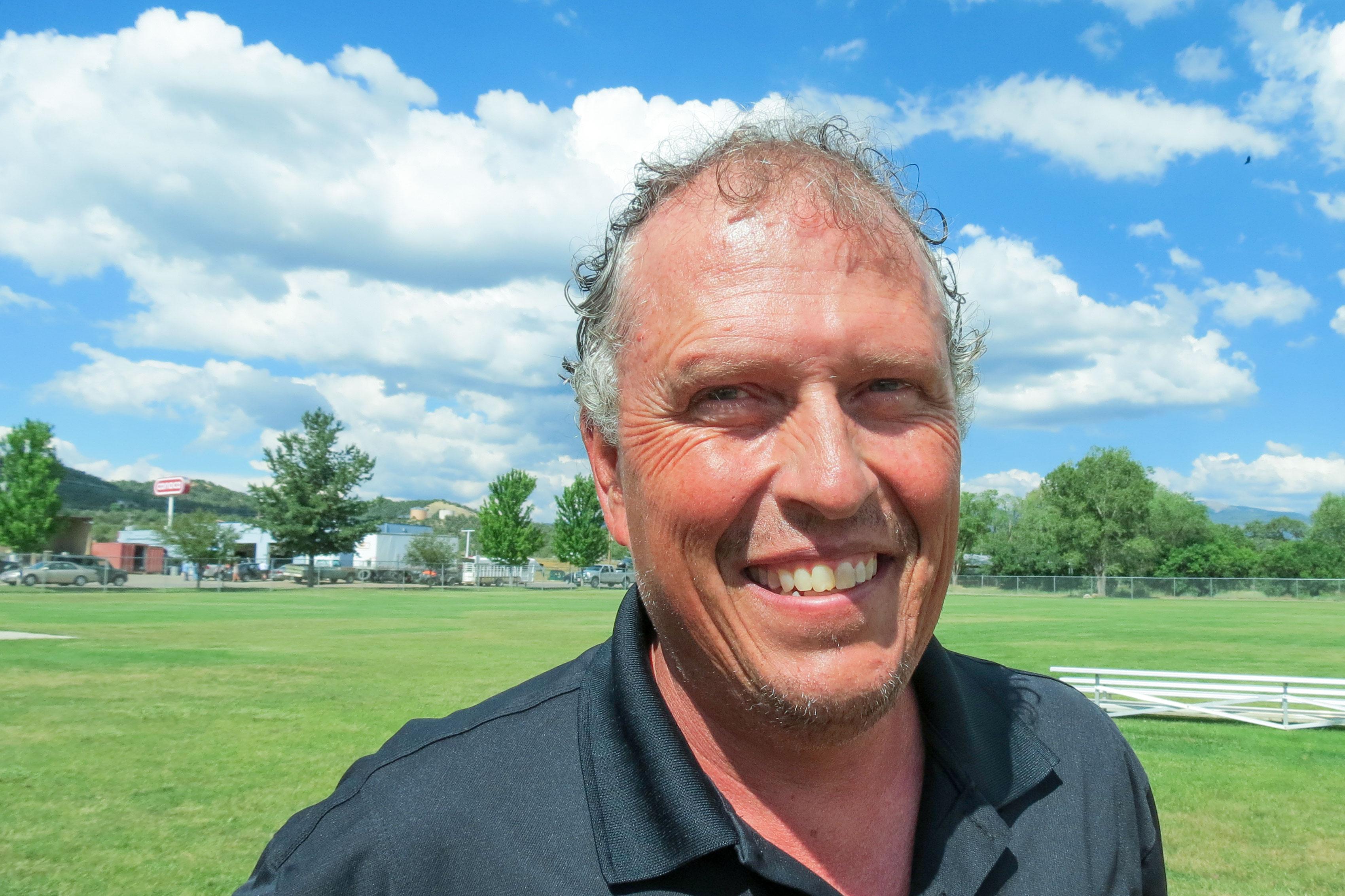

Human resources director Dan Porter spent the summer like you’d imagine a man in his position would, trying hard to hire employees. He started the season looking to fill 30 vacant positions and replace five retirements.
It wouldn’t seem to be that unusual of a situation. After all, Colorado’s humming economy has sunk unemployment to a near record low, 2.4 percent as of July. It’s an employee’s job market, meaning employers have to do more to lure and keep talent.
Which is exactly the rub. Porter’s open jobs are in the Montezuma-Cortez school district. The number one issue for this Four Corners district is pay. The starting salary?
“$29,925,” Porter said.
Two big districts nearby — Durango and Ship Rock, New Mexico — pay $7,000 more to start. District officials say after salary, the top reason for leaving relates to family issues like spouses who can’t find work. Another major reason is stress.
“There’s tremendous stress, when you are testing, testing, testing, and you are responsible for these results,” Porter said.
The district is on the state’s watchdog list and test scores need to improve. Some teachers feel hamstrung by curriculum designed to boost test scores. Since school started, Porter’s hiring problems have become even worse. It’s the worst he’s ever seen and he’s far from alone. Districts across the state are struggling with teacher shortages. In 10 town hall meetings across the state this summer, people cited the same reasons for leaving teaching jobs: low pay, stress, and poor perception of the profession.
A look at the map shows why pay is such an issue. Teachers can move or drive a few miles to a neighboring district and instantly improve their base pay or even find schools with better resources. The average salary for teachers in Montezuma-Cortez is $37,561. Next door in the Durango district, it climbs to $48,975. The average teacher salary in the nearby Telluride school district is $55,856.
Students have been moving to different districts in search of opportunity, so why not teachers?
Kim Hunter Reed, the executive director of the Colorado Department of Higher Education, said a proposal for a statewide base salary was a popular idea to solve the crisis. But there’s no state money for that and no politicians leading the charge to change the Taxpayer’s Bill of Rights, Colorado’s voter-approved restrictions on raising government revenue.
Because Colorado is a “local control” state, Commissioner of Education Katy Anthes said there are additional complications to a statewide salary schedule.
“The cost of living is very different in the Vail Valley as compared to Otis [on the Eastern Plains] as compared to Denver and you want to be able to give superintendents the authority and ability to make sure it jibes with their community and their needs,” Anthes said.
The bottom line is that state lawmakers have asked for low-cost solutions to the teacher shortage.
Suggestions like loan forgiveness, block grants to allow superintendents to decide how they want to attract teachers, and more affordable housing for teachers have been floated. One thing that has worked was tried back in Cortez. Dan Porter said a bill signed last spring allowed rural school districts to hire retired teachers full-time without hurting their pensions.
“It’s saving our tail right now,” Porter said, thankful for the five retired teachers he hired.
The Public Employees Retirement Association estimates that, so far, 18 rural school districts have hired a total of 36 retirees. Another lifeline for rural districts are teacher training programs, like the Boettcher Teacher Residency, that target career-changers in rural areas and help them make the switch to teaching.
Patrick Armijo, who was laid off as an editor at the Durango Herald, became one of those summer candidates to fill a vacant teaching slot. Most program participants spend a year with a teacher before going into their own classrooms. But after a few months of coaching, Armijo was hired straight into the classroom thanks to his bachelor’s degree.
“It was a kind a financial lifeline that would work for me,” he said.
Given that Armijo spent his previous working life covering local and national government, Montezuma-Cortez High school snapped him up. But after a week as social studies teacher he respectfully resigned. The trial by fire switch from the newsroom to the classroom wasn’t working. In the first month, Assistant Superintendent Dan Porter had also lost three other teachers. Two quit to work for more money in another district.
“To be able to compete for teachers, we’re going to have to raise our salaries,” Porter said.
Without money, state education leaders have yet to find a solution to that poaching problem. In Cortez, a classroom aide also left to go work for $0.20 less an hour as a Walmart greeter. The man’s reason was one that Porter had heard before. He told him it was “far less stressful” than the classroom.
The district is high poverty and it’s diverse. It’s a place where a teacher can make a tangible difference, Porter said — if he can find one up for the challenge.
Porter said he’s looking for people with a “drive in their heart,” before he launched into the rest of his pitch: Some of the best mountain biking in the world, some of the best skiing in the world, and incredible water and lakes. “We’re the place to come to,” he said of his corner of Colorado.
As Dan Porter struggles to fill open teaching positions any way he can, the numbers suggest his challenge may worsen. The number of graduates from Colorado’s teacher prep programs are down by 24 percent and in the next five years, more than 30 percent of the state’s teachers will reach retirement age.

